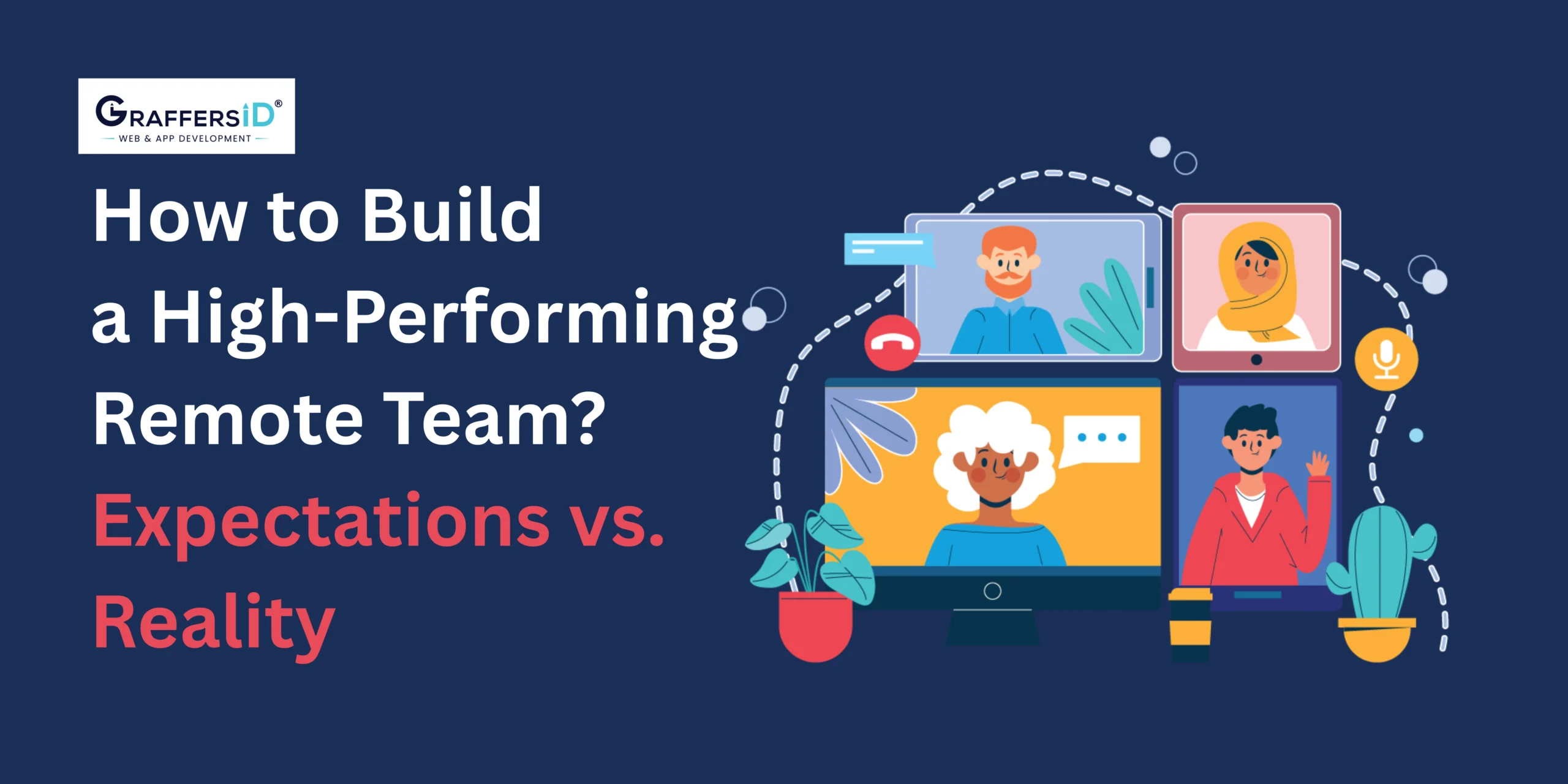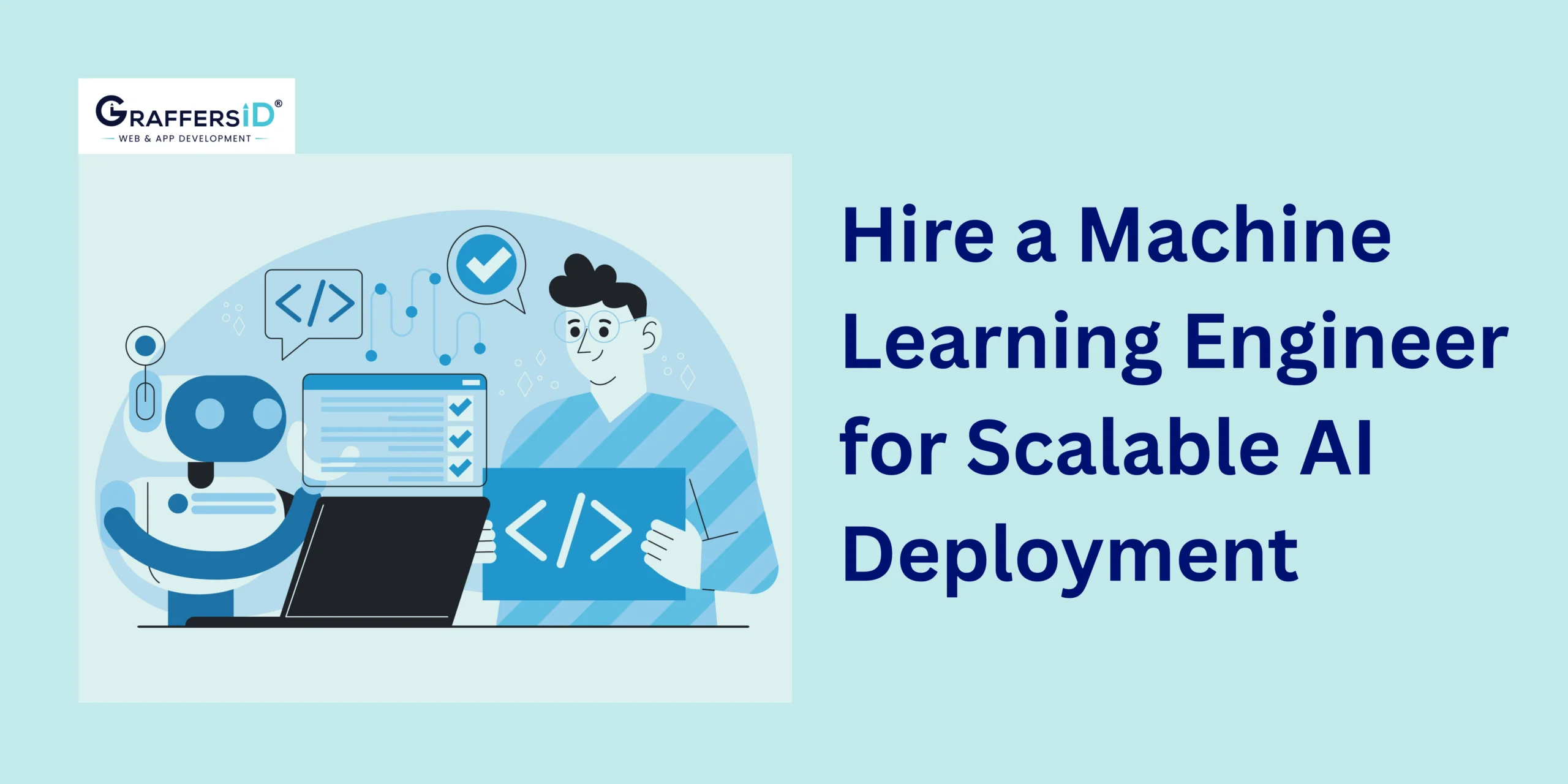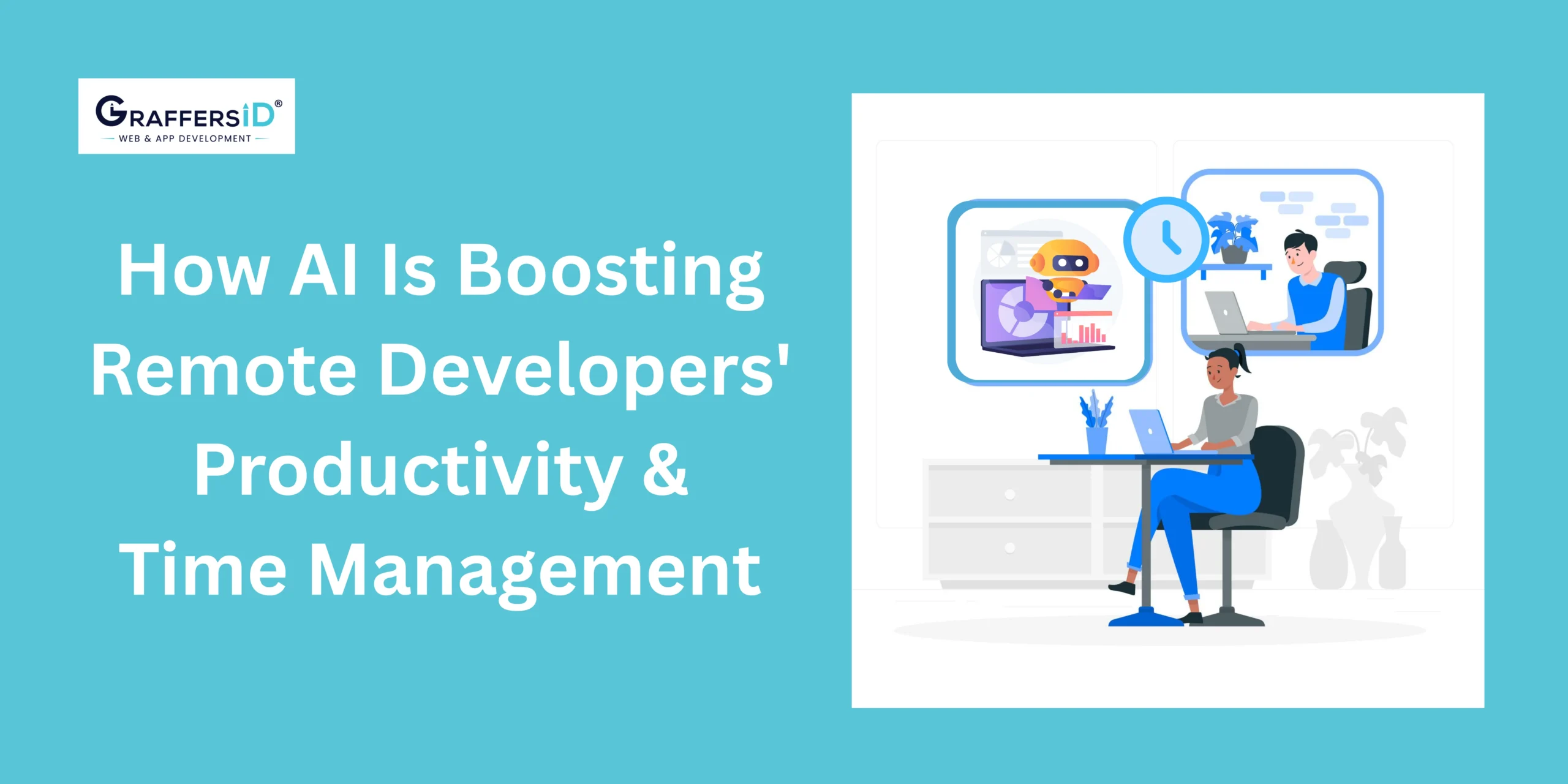The ongoing Coronavirus outbreak is hitting the global economy hard. However, as people remain indoors to protect themselves from getting infected, the demand for online food delivery and grocery delivery has increased substantially. If you have an idea of a grocery delivery service app like Instacart and want to know the cost of developing it, then you are at the right place.
China, where the virus originally broke has experienced a 20% rise in the demand for grocery deliveries during January. Sales of fresh food on JD.com jumped from 215% in February. For the tens of millions of Chinese locked down at home, these deliveries have become an essential part of their daily lives.
With contactless delivery becoming a necessity, on-demand service apps like Instacart are trending all over the world. Grocery providers are taking their business to the next level with grocery delivery apps.
Here is your comprehensive guide on how much it costs to develop a Grocery Delivery App like Instacart.
What is On-demand Grocery Application and How Does it Work?
Grocery delivery apps let customers get groceries to be delivered at their doorstep. The service is nothing new; however, the shift to mobile applications has made it affordable and hence widespread. With mobile applications like Instacart, people no longer need to send a domestic worker to get groceries; they can simply order it with a few taps.
In a nutshell, grocery mobile application development is very similar to the apps that offer on-demand services. An online delivery application usually involves two applications, an app for customers and a local app for those who will be making a delivery.
It is also possible to combine functionality required by customers and delivery applications within the same app, but this could also make your app cumbersome. Hence, it is hardly an efficient approach.
Want to know How To Start A Streaming Service App like Netflix
What to Keep in Mind Before Developing a Grocery Delivery App?
Here are two on-demand delivery models for a grocery shop application:
- The delivery service has its store with groceries they deliver.
- The delivery service partners with several different stores and makes deliveries for them.
Walmart has its application and the company also offers a delivery service. On the other hand, stores like Costco, partner with services like Instacart to offer delivery to customers. There are several ways to implement this technique.
Features to include in Grocery Delivery App MVP
Before diving into development, evaluate your idea and find a unique value proposition, then plan for a Minimum Viable Product.
Grocery delivery apps are not very innovative, yet spending a fortune to launch a complete version without market research and preparation would be wasted.
Here are 5 mistakes a start-up makes when building an MVP
Here are the features to be included in the Customer App and Delivery App MVP:
Customer App:
- User profiles
- Menus/items in stock
- List of stores
- Payment gateway
- Cart/order page
- Order Status
- Order history
- Notifications
Delivery App:
- Profile
- Map for navigation
- List of orders (showing items and delivery addresses)
- Admin Panel
- Customer data
- Revenue
- Menus/items in stock
- List of stores
Naturally, for the customer and delivery application to function properly, they will need to communicate in real time so deliveries are done in the stipulated time.
The selling of any grocery shopping application is that the service should be delivered on time. For effective app-to-app communication, you will need WebSocket APIs on your backend.
Also in grocery delivery applications like Instacart, it is important to display lists of items with the most recent prices.
Want to know How Much The Uber App Cost To Develop?
Extended Features to be Included in Grocery Mobile Application
In addition to the bare necessities, your app will have a signature feature that makes it stand out from the crowd. Here are a few suggestions for some of the extended features in the grocery mobile application:
-
Login up with social networks:
Allow your customers to sign up through social channels without having to go through the lengthy registration process. This will make signup easy for customers.
-
Add an alternative option:
With an alternative field, customers could choose an alternative if any particular item is unavailable. This will enhance the user experience and lead to fewer cases of partially completed orders.
-
Add a chatbot:
There are numerous ways to implement chatbots. A chatbot shows customers and delivers personnel valuable information about products.
-
Call and chat support:
Call and chat support is also a good option to add, which will make users love your application. This will enable them to get support from the technical team or make last-minute changes to the order.
-
Voice Recognition:
Voice recognition will let your customers place an order on the go without having them stop and type the product name, which will again be appreciated by your busy customers.
-
Ratings and Reviews:
Allow your customers to add ratings and reviews for each delivery. This will help you track the performance of your delivery workers and your app’s performance. You can also provide this feature to your delivery workers.
How do on-demand delivery services make money?
When you think about the grocery delivery app, the first question that comes to mind is how to make a profit.
Here are some of the monetization options available for the homeowners of on-demand grocery delivery services:
- You can set the price of each item a little higher than the actual price of the product. You can be honest and transparent about this. Create a notification that pops up the first time as a customer starts placing an order. You can also include a reminder in your policy.
- The second option is to charge a delivery fee. This is the most common monetization model, in which customers are charged for the products according to the actual price, but they pay a fee for delivery.
- Include ads in your app. This is the most commonly used monetization model. Many apps include ads, which cover expenses, thereby enabling companies to charge less to the customers.
- Once your app becomes popular, you can charge a monthly fee from shops to partner with you and get their products displayed on your platform. In return, stores will get exposure and more customers.
You can use a single monetization model or combine several depending on the popularity of your app.
What backend technologies are best for building a grocery delivery app?
The backend of a grocery delivery app is the engine that drives its functionality. It’s responsible for managing user data, processing orders, coordinating with databases, and ensuring a seamless user experience. Choosing the right backend technology can greatly impact the app’s performance, scalability, and overall success.
Top Backend Technologies for Grocery Delivery Apps
Node.js
Node.js is a popular choice for building real-time applications due to its event-driven architecture. It excels in handling concurrent connections and is known for its scalability. Its non-blocking I/O operations make it suitable for apps that require real-time updates and interactions. With Node.js, your grocery delivery app can provide instant order tracking and status updates to users.
Ruby on Rails
Ruby on Rails, often referred to as Rails, is a robust framework that emphasizes convention over configuration. It’s known for its rapid development capabilities, making it an excellent choice for startups. With its strong community support, you can find a wide range of plugins and gems to expedite development. Rails is a solid option if you’re aiming to launch your grocery delivery app quickly without compromising on quality.
Django
Django is a high-level Python framework that offers scalability, security, and a clean, pragmatic design. It includes various built-in features like authentication, content administration, and database management. Django’s versatility makes it suitable for complex applications like grocery delivery platforms, where user authentication, data management, and real-time updates are essential.
Firebase
Firebase is a comprehensive platform that provides backend-as-a-service, allowing developers to focus on building great user experiences. It offers real-time database synchronization, authentication services, and cloud functions for custom logic. If you’re looking to rapidly develop a grocery delivery app with real-time capabilities and minimal backend management, Firebase could be your go-to choice.
Laravel
Laravel is a PHP framework known for its elegant syntax and powerful features. It’s particularly well-suited for applications that require user authentication, complex routing, and database management. Laravel’s modular structure allows developers to create scalable and maintainable codebases, making it a solid option for long-term growth.
Cost to Develop Grocery Delivery App like Instacart?
The exact price of developing a grocery app like Instacart depends on multiple factors such as the complexity of the app and choice of developers, but we can give you a rough figure for the basic features.
If you are planning to work with an offshore development company or hire an offshore developer, then plan to go for both iOS and Android platforms, this is the team you will need to hire:
- 1 Project Manager
- 1-2 iOS Developers
- 2-3Android Developers
- 1-2 UI/UX Designers
- 1 Backend Developers
- 2 QA Specialists
Competitor Research: Analyzing Leading Grocery Delivery Apps
To gain a competitive edge, it’s essential to analyze the strategies and technologies used by leading grocery delivery apps. Conduct thorough research on apps like Instacart, Amazon Fresh, and Walmart Grocery to understand their backend technologies, user experience, and features. This research can provide valuable insights into industry best practices and help you make informed decisions.
How does geolocation work in apps like Instacart for tracking delivery?
Geolocation technology leverages a combination of Global Positioning System (GPS), cellular networks, Wi-Fi, and software algorithms to determine the precise geographical location of a device, such as a smartphone. GPS satellites orbiting the Earth emit signals that are received by devices, allowing them to calculate their exact coordinates. This information is then used by apps to offer location-based services, such as directions, local recommendations, and, in the case of Instacart, delivery tracking.
Geolocation in Delivery Apps
Delivery apps integrate geolocation technology to enhance user experience and streamline logistics. When you place an order on Instacart, for instance, the app utilizes your device’s geolocation data to track the progress of the assigned shopper as they collect items from the store and make their way to your location. This real-time tracking ensures you’re aware of any delays or estimated arrival times, adding an extra layer of transparency to the delivery process.
How Does Instacart Use Geolocation for Tracking?
Instacart employs geolocation technology in a seamless manner to keep users informed throughout the delivery journey. Here’s a step-by-step breakdown of how it works:
-
Order Confirmation: Once you’ve placed an order, Instacart’s app collects your location data.
-
Shopper Assignment: A shopper is assigned to your order, and their device’s location is also tracked.
-
In-Store Shopping: As the shopper collects items from the store, their progress is tracked using GPS and store layouts.
-
En Route Tracking: Once the shopper is en route, the app calculates the estimated delivery time based on their real-time location and distance from your address.
-
Real-time Updates: You receive real-time updates on the shopper’s location, allowing you to prepare for the delivery.
-
Delivery Confirmation: After the delivery is made, the app confirms the successful drop-off and provides the final location update.
Benefits of Geolocation Tracking
The integration of geolocation tracking in delivery apps offers several key benefits:
-
Transparency: Users can track the progress of their orders, reducing uncertainty about delivery times.
-
Efficiency: Real-time tracking enables route optimization, ensuring prompt deliveries even in dynamic traffic conditions.
-
Communication: Geolocation technology facilitates effective communication between shoppers and customers, allowing for smooth interactions.
-
Enhanced Experience: The overall user experience is elevated through the provision of accurate and helpful information.
Current Trends in the Grocery Delivery App Market
In recent years, the grocery delivery app market has witnessed a significant surge in demand, revolutionizing how consumers shop for groceries. These apps offer convenience, time-saving benefits, and a wide array of choices. In this, we explore the current trends shaping this dynamic industry.
1. Rise of Contactless Delivery
Contactless delivery has become a standard feature in grocery delivery apps. This trend gained prominence during the pandemic and has since become a preferred option for many consumers concerned about safety.
2. Same-Day Delivery
Another emerging trend is the emphasis on same-day delivery. Companies are investing in logistics and infrastructure to ensure prompt delivery, meeting the growing demand for immediacy.
3. AI and Machine Learning in Grocery Apps
Artificial Intelligence (AI) and Machine Learning algorithms are playing a crucial role in enhancing the user experience. These technologies analyze shopping patterns, suggest personalized recommendations, and optimize delivery routes for efficiency.
4. IoT Integration
Integration with Internet of Things (IoT) devices is another innovation seen in grocery delivery apps. Smart refrigerators, for example, can automatically add items to a user’s shopping list based on consumption patterns.
5. Eco-friendly Practices in Delivery
Many grocery delivery apps are prioritizing sustainability by offering eco-friendly packaging options and promoting reusable packaging. This trend resonates with environmentally conscious consumers.
6. Local Sourcing
Another aspect of sustainability is the focus on local sourcing. Apps are partnering with local farmers and producers, promoting community support and reducing carbon footprints.
7. Personalization and Convenience
Personalization is key to enhancing the customer experience. Apps are leveraging data analytics to offer tailored recommendations, discounts, and promotions based on individual preferences.
8. User-Friendly Interfaces
Simplicity and ease of use are paramount. Intuitive interfaces, quick checkout processes, and multiple payment options contribute to a seamless shopping experience.
Privacy and Security Measures
While geolocation technology enhances convenience, it also raises concerns about privacy. Delivery apps like Instacart implement robust security measures to protect user data. These measures include encrypted communication, strict access controls, and anonymization of personal information. Users have the option to enable location sharing only while the app is in use, giving them greater control over their data.
With two separate apps to build, each with its own design and feature set, how long will it take to build a grocery app depending on the number of members in your team? Here are the estimated hours that will be required to build a grocery delivery app.
With an average piece of around $35 per hour, the cost to develop a grocery delivery app like Instacart will be approximately $62,000. This will increase depending on the features you want to include and the technologies.
Still, have questions about how to create an app like Instacart or want to know a more precise cost estimate? Feel free to get in touch with us, we are ready to assist you with the features that your app should include and the cost to develop a grocery development app.
Develop App like Instakart from Graffersid
If you’re ready to take your business to the next level and create an app like Instacart, look no further. Partner with Graffersid to bring your vision to life! Our experienced team specializes in developing top-notch apps that cater to your unique requirements. Don’t miss out on the opportunity to revolutionize your industry. Get in touch with us today and let’s turn your idea into a reality. Your success awaits!




